Why Video Content Works for Selling Cars Online
Why Video Content Works for Selling Cars Online
In the digital era, the automotive industry has undergone a significant transformation, with online platforms becoming the primary avenue for car sales. Among various digital marketing strategies, video content has emerged as a powerful tool for auto dealers. Videos not only enhance user engagement but also provide a dynamic way to showcase vehicles, build trust, and drive conversions. This comprehensive guide explores why video content is highly effective for selling cars online and how auto dealers can leverage it to boost their sales and online presence.
Table of Contents
2. Benefits of Video Content
Video content offers numerous advantages for auto dealers looking to enhance their online sales efforts. From increasing user engagement to improving search engine rankings, video is a versatile tool that can significantly impact your dealership's success.
2.1 Enhanced Engagement
Videos are inherently more engaging than text or static images. They capture attention quickly and can convey complex information in an easily digestible format. For auto dealers, this means better interaction with potential customers and a higher likelihood of keeping them on your website longer.
- Visual Appeal: High-quality videos showcase your cars in the best light, highlighting features and details that may not be as effectively conveyed through photos or descriptions alone.
- Emotional Connection: Videos can tell a story, creating an emotional connection with viewers. This can influence their decision-making process, making them more likely to choose your dealership.
- Increased Time on Site: Engaging video content keeps visitors on your website longer, reducing bounce rates and increasing the chances of conversion.
- Example: "A dynamic video showcasing a car's features, performance, and design can engage viewers more effectively than a simple photo gallery, encouraging them to explore more about the vehicle."
2.2 Better Vehicle Showcasing
Videos allow you to present your vehicles in a comprehensive and interactive manner. Potential buyers can see the cars in motion, understand their functionality, and get a real sense of what owning the car would be like.
- 360° Views: Interactive videos that offer 360-degree views of the car's exterior and interior help customers examine the vehicle thoroughly.
- Demonstrations: Videos demonstrating key features, such as infotainment systems, safety features, and performance capabilities, provide valuable insights to buyers.
- Virtual Test Drives: Offering virtual test drive videos allows customers to experience the car's performance without visiting the dealership.
- Example: "A video showcasing the smooth handling and advanced technology of a new SUV model can give potential buyers a better understanding of its capabilities."
2.3 Building Trust
Trust is a critical factor in car sales. Videos, especially customer testimonials and behind-the-scenes content, can help build trust by providing transparency and authenticity.
- Customer Testimonials: Videos featuring satisfied customers sharing their positive experiences can enhance your dealership's credibility.
- Behind-the-Scenes: Showcasing the people behind your dealership and the processes involved in car sales can humanize your brand and foster trust.
- Authenticity: Authentic video content, free from overly scripted narratives, resonates more with viewers and builds genuine connections.
- Example: "A testimonial video where a customer discusses how your dealership helped them find the perfect car can significantly boost your reputation and trustworthiness."
2.4 Improved SEO
Search engines favor websites that offer rich media content, including videos. Incorporating video content can improve your website's SEO, making it more likely to appear higher in search engine results pages (SERPs).
- Increased Dwell Time: Videos keep users on your site longer, signaling to search engines that your content is valuable.
- Rich Snippets: Videos can appear as rich snippets in search results, enhancing visibility and click-through rates.
- Keyword Optimization: Properly optimized video titles, descriptions, and tags can improve your rankings for relevant keywords.
- Example: "Embedding a video tour of your latest models on your homepage can enhance SEO by increasing dwell time and providing additional keyword opportunities."
2.5 Higher Conversion Rates
Ultimately, the goal of digital marketing is to drive sales. Video content has been shown to significantly improve conversion rates by providing a more compelling and persuasive user experience.
- Clear Call-to-Actions: Videos can include clear and direct calls-to-action (CTAs), guiding viewers towards the next steps in the buying process.
- Engagement: Engaged viewers are more likely to convert into leads or customers, as they have a better understanding of what you offer.
- Personalization: Personalized video content that addresses the viewer's specific needs and interests can increase the likelihood of conversion.
- Example: "A video that ends with a strong CTA, such as scheduling a test drive or contacting a sales representative, can effectively convert viewers into potential buyers."
3. Types of Video Content
Different types of video content can serve various purposes in your marketing strategy. Understanding and utilizing these different formats can help you reach and engage your audience more effectively.
3.1 Vehicle Tours
Vehicle tours provide an in-depth look at the cars you have for sale. These videos highlight the exterior, interior, and key features of each vehicle, giving potential buyers a comprehensive view.
- Detailed Showcases: Highlighting the design, comfort, and technological features of each car.
- Comparative Tours: Comparing different models or trim levels to help buyers make informed decisions.
- Example: "Create a video tour of your latest sedan model, showcasing its sleek design, advanced infotainment system, and safety features to attract potential buyers."
3.2 Customer Testimonials
Customer testimonials are powerful tools for building trust and credibility. These videos feature satisfied customers sharing their positive experiences with your dealership and the cars they've purchased.
- Authentic Stories: Real stories from real customers add authenticity to your marketing efforts.
- Trust Building: Testimonials help potential buyers feel more confident in their decision to purchase from your dealership.
- Example: "A testimonial video where a customer discusses how your dealership provided excellent service and helped them find the perfect car can significantly enhance your reputation."
3.3 How-To Guides
How-to guides offer valuable information to your audience, establishing your dealership as an authority in the automotive industry. These videos can cover a wide range of topics, from car maintenance to financing options.
- Educational Content: Provide tips and advice on maintaining vehicles, understanding financing, and making informed buying decisions.
- Problem-Solving: Address common issues or questions that potential buyers might have.
- Example: "Create a how-to video on maintaining a hybrid car, covering topics like battery care, oil changes, and tire maintenance to provide value to your customers."
3.4 Live Streaming
Live streaming allows you to interact with your audience in real-time, providing an engaging and interactive experience. It can be used for live Q&A sessions, virtual events, and real-time vehicle showcases.
- Real-Time Interaction: Engage with viewers by answering their questions and responding to comments during the live session.
- Exclusive Previews: Offer exclusive previews of new inventory or special events to your live audience.
- Example: "Host a live stream event where you introduce your new line of electric vehicles, demonstrate their features, and answer viewer questions in real-time."
3.5 Virtual Reality (VR) Experiences
Virtual Reality (VR) experiences provide an immersive way for potential buyers to explore your cars. VR can simulate the experience of being inside and driving the vehicle, offering a realistic and engaging interaction.
- Immersive Exploration: Allow users to virtually explore the car's interior and exterior from the comfort of their homes.
- Enhanced Interaction: Users can interact with various features of the car, such as opening doors, adjusting seats, and testing infotainment systems.
- Example: "Develop a VR experience that lets potential buyers take a virtual test drive of your latest SUV, exploring its features and performance in a simulated environment."
4. Creating Effective Video Content
Creating compelling and effective video content requires careful planning, quality production, and strategic optimization. Here are key steps to ensure your video marketing efforts yield the best results.
4.1 Planning Your Videos
A well-planned video is more likely to achieve its goals and resonate with your audience. Start by defining the purpose of each video and understanding your target audience.
- Define Objectives: Determine what you want to achieve with your video, whether it's increasing brand awareness, showcasing a specific vehicle, or driving sales.
- Understand Your Audience: Identify the demographics, interests, and pain points of your target audience to create content that appeals to them.
- Storyboard and Script: Develop a storyboard and script to outline the flow of the video, ensuring it stays on message and engages viewers from start to finish.
- Example: "Plan a video series focusing on different car models, each with a specific objective such as highlighting unique features, demonstrating performance, or showcasing customer experiences."
4.2 Production Tips
High-quality production enhances the professionalism and effectiveness of your videos. Pay attention to the following aspects during production:
- Lighting: Ensure proper lighting to highlight the car’s features and create a visually appealing video.
- Sound Quality: Use clear and crisp audio, minimizing background noise and ensuring that spoken content is easily understandable.
- Camera Angles: Use multiple camera angles to capture different aspects of the vehicle, providing a comprehensive view.
- Stabilization: Use tripods or gimbals to stabilize the camera, avoiding shaky footage that can distract viewers.
- Example: "Use natural light for outdoor vehicle tours to showcase the car’s design and features effectively, and employ a professional microphone to ensure clear audio quality."
4.3 Editing and Post-Production
Editing is where your video comes together, transforming raw footage into a polished and engaging final product. Focus on the following during post-production:
- Consistency: Maintain consistent branding elements such as logos, colors, and fonts throughout the video.
- Conciseness: Keep videos concise and to the point, avoiding unnecessary filler content that can lose viewer interest.
- Transitions and Effects: Use smooth transitions and subtle effects to enhance the visual appeal without overpowering the content.
- Call-to-Actions (CTAs): Incorporate clear and compelling CTAs to guide viewers towards the next steps, such as visiting your website or scheduling a test drive.
- Example: "Edit your vehicle tour video to include branded intros and outros, concise commentary highlighting key features, and a strong CTA encouraging viewers to schedule a test drive."
4.4 Optimizing for SEO
Optimizing your videos for search engines ensures they are discoverable by your target audience. Implement the following SEO best practices:
- Keyword-Rich Titles: Use relevant keywords in your video titles to improve search visibility.
- Descriptions and Tags: Write detailed descriptions and use relevant tags that include targeted keywords to help search engines understand your video content.
- Transcriptions: Provide transcriptions of your videos to enhance SEO and make your content accessible to a wider audience.
- Thumbnails: Create eye-catching thumbnails that accurately represent your video content and encourage clicks.
- Example: "Title your video '2025 Toyota Camry Tour - Features, Performance, and Design' and include detailed descriptions with relevant keywords and tags to improve its search ranking."
4.5 Promoting Your Videos
Promotion is essential to ensure your videos reach a broader audience. Utilize various channels and strategies to maximize your video’s exposure:
- Social Media Sharing: Share your videos across your social media platforms to reach your existing audience and attract new viewers.
- Email Marketing: Include videos in your email campaigns to engage subscribers and drive traffic to your website.
- Website Embedding: Embed videos on relevant pages of your dealership’s website to enhance content and improve user engagement.
- Paid Promotions: Invest in paid promotions on platforms like YouTube and Facebook to increase your video’s reach and visibility.
- Example: "Promote your vehicle tour videos on Facebook and Instagram, and embed them on your website’s inventory pages to provide an interactive experience for visitors."
5. Distribution Channels
Choosing the right distribution channels is crucial to ensure your video content reaches your target audience effectively. Here are the primary channels to consider:
5.1 YouTube
YouTube is the world's largest video-sharing platform and an essential channel for video marketing. It offers a vast audience and robust SEO benefits.
- Channel Optimization: Optimize your YouTube channel with relevant keywords, a compelling description, and organized playlists to enhance discoverability.
- Engagement Features: Utilize features like comments, likes, shares, and subscriptions to engage with your audience and build a community.
- Analytics: Leverage YouTube Analytics to track performance metrics, understand viewer behavior, and refine your content strategy.
- Example: "Create a dedicated YouTube channel for your dealership, regularly uploading vehicle tours, customer testimonials, and how-to guides to engage viewers and drive traffic to your website."
5.3 Your Dealership Website
Your dealership's website is a central hub for all your video content. Embedding videos on relevant pages can enhance user experience and provide valuable information to potential buyers.
- Inventory Pages: Embed vehicle tour videos on individual inventory pages to give visitors a detailed look at each car.
- Homepage: Feature a promotional video on your homepage to immediately engage visitors and communicate your dealership's value proposition.
- About Us Page: Include videos that showcase your dealership's history, team, and community involvement to build trust with visitors.
- Example: "Embed a virtual tour video of your showroom on the homepage to provide an immersive experience for first-time visitors."
5.4 Email Marketing
Integrating video content into your email marketing campaigns can significantly increase engagement and conversions. Videos can make your emails more interactive and provide valuable information to subscribers.
- Video Thumbnails: Use clickable video thumbnails in your emails that direct recipients to watch the full video on your website or a video platform.
- Personalized Videos: Send personalized video messages to nurture leads and guide them through the car buying process.
- Example: "Include a video testimonial in your email campaign showcasing a satisfied customer’s experience, encouraging subscribers to visit your dealership."
5.5 Paid Advertising
Investing in paid advertising can amplify the reach of your video content, ensuring it reaches a larger and more targeted audience. Platforms like YouTube, Facebook, and Instagram offer robust advertising options for video content.
- Targeted Campaigns: Use demographic and interest-based targeting to reach potential car buyers who are most likely to be interested in your offerings.
- Ad Formats: Utilize various ad formats such as in-stream ads, discovery ads, and bumper ads to suit your marketing objectives.
- Budget Allocation: Allocate your advertising budget based on the performance of different campaigns and platforms to maximize ROI.
- Example: "Run YouTube in-stream ads promoting your latest car models, targeting viewers who have shown interest in automotive content or related searches."
6. Measuring Success
To ensure your video marketing efforts are effective, it's essential to measure their performance. By tracking key metrics and using analytics tools, you can gain insights into what’s working and where improvements are needed.
6.1 Key Metrics
Identifying and monitoring the right metrics helps you evaluate the success of your video marketing campaigns and make informed decisions.
- View Count: The total number of times your video has been viewed. It indicates the reach of your content.
- Engagement Rate: Measures interactions such as likes, comments, shares, and watch time. Higher engagement signifies better audience connection.
- Click-Through Rate (CTR): The percentage of viewers who clicked on a link in your video, leading to your website or landing page.
- Conversion Rate: The percentage of viewers who took a desired action, such as scheduling a test drive or making a purchase, after watching your video.
- Example: "Track the conversion rate of viewers who watched your vehicle tour video and subsequently scheduled a test drive to assess the video's effectiveness in driving sales."
6.2 Analytics Tools
Utilize various analytics tools to gain detailed insights into your video performance and audience behavior.
- YouTube Analytics: Provides comprehensive data on video performance, audience demographics, and engagement metrics.
- Google Analytics: Track traffic driven by your videos, user behavior on your website, and conversion rates.
- Social Media Insights: Platforms like Facebook, Instagram, and LinkedIn offer built-in analytics to monitor video engagement and reach.
- Example: "Use YouTube Analytics to identify which videos are generating the most views and engagement, and Google Analytics to track how these views translate into website traffic and conversions."
6.3 Adjusting Strategies Based on Data
Data-driven decision-making is crucial for optimizing your video marketing efforts. Analyze the data collected to refine your strategies and improve performance.
- Identify High-Performing Content: Determine which videos are achieving the best results and create more content in a similar vein.
- Optimize Underperforming Videos: Analyze why certain videos are not performing well and make necessary adjustments, such as improving the thumbnail, tweaking the title, or enhancing the content quality.
- Audience Feedback: Pay attention to comments and feedback from your audience to understand their preferences and interests.
- Example: "If your customer testimonial videos have higher engagement rates than vehicle tours, consider producing more testimonials or integrating similar storytelling elements into your vehicle tours."
7. Conclusion
Video content has revolutionized the way auto dealers sell cars online. Its ability to engage, inform, and persuade makes it an indispensable tool in your digital marketing arsenal. By creating high-quality, informative, and engaging videos, and strategically distributing them across various channels, you can significantly enhance your dealership's online presence, build trust with potential customers, and drive higher sales conversions.
Embrace the power of video marketing to showcase your inventory, share customer success stories, and provide valuable information to your audience. Continuously measure and refine your video strategies based on performance data to ensure sustained success in the competitive online automotive market.
Frequently Asked Questions (FAQ)
1. Why is video content effective for selling cars online?
Video content is effective because it engages viewers more deeply, provides a comprehensive view of the vehicle, builds trust through testimonials, and improves SEO by increasing time spent on your website.
2. What types of videos should auto dealers create?
Auto dealers should create vehicle tours, customer testimonials, how-to guides, live streaming events, and virtual reality experiences to showcase their inventory and engage with customers.
3. How can video content improve my dealership's SEO?
Videos can improve SEO by increasing user engagement, reducing bounce rates, providing additional keyword opportunities, and appearing as rich snippets in search results, thereby enhancing visibility.
4. How long should my car videos be?
Optimal video length depends on the type of content. Generally, vehicle tours and testimonials should be between 2-5 minutes, while shorter clips like social media snippets can be under 2 minutes.
5. Where should I host my car videos?
Host your videos on platforms like YouTube and Vimeo, embed them on your dealership's website, and share them across social media channels to maximize reach and accessibility.
6. How can I promote my car videos effectively?
Promote your videos through social media sharing, email marketing, embedding on your website, utilizing paid advertising, and collaborating with influencers or local businesses.
7. What equipment do I need to create high-quality car videos?
High-quality car videos typically require a good camera or smartphone with high resolution, a tripod or stabilizer, proper lighting equipment, and editing software to enhance the final product.
8. How can customer testimonials impact my sales?
Customer testimonials build trust and credibility, showcasing real experiences that can influence potential buyers' decisions, leading to increased sales and customer loyalty.
9. Should I include a call-to-action in my car videos?
Yes, including a clear call-to-action (CTA) encourages viewers to take the next step, whether it's visiting your dealership, scheduling a test drive, or contacting a sales representative.
10. How can I measure the effectiveness of my video marketing?
Measure effectiveness using metrics such as view count, engagement rate, click-through rate, conversion rate, and feedback from viewers. Utilize analytics tools like YouTube Analytics and Google Analytics for detailed insights.
11. What role does storytelling play in car sales videos?
Storytelling creates an emotional connection with viewers, making the content more memorable and persuasive. It helps convey the benefits and unique selling points of the vehicle in a relatable manner.
12. Can live streaming help sell cars online?
Yes, live streaming allows real-time interaction with potential buyers, providing immediate answers to their questions and offering live demonstrations of vehicles, which can drive engagement and sales.
13. How can I create engaging vehicle tour videos?
Create engaging vehicle tour videos by focusing on key features, using multiple camera angles, maintaining a steady pace, incorporating high-quality visuals and sound, and adding clear narration or text overlays.
14. What are the benefits of using virtual reality in car sales?
Virtual reality offers an immersive experience, allowing potential buyers to explore cars in detail from anywhere. It enhances engagement, provides a realistic feel of the vehicle, and can differentiate your dealership from competitors.
15. How can I use video content on social media platforms?
Use video content on social media by sharing vehicle tours, customer testimonials, behind-the-scenes looks, live streams of events, and interactive content like polls and Q&A sessions to engage your audience and drive traffic to your website.
16. Should I hire a professional for video production?
While it’s possible to create quality videos in-house, hiring a professional can ensure high production values, creative storytelling, and technical expertise, resulting in more polished and effective videos.
17. How do I optimize my videos for mobile viewing?
Ensure your videos are responsive, have subtitles for silent viewing, use vertical or square formats for platforms like Instagram, and keep file sizes optimized for faster loading on mobile devices.
18. What are some creative ideas for car sales videos?
Creative ideas include virtual test drives, day-in-the-life videos of car owners, feature highlight reels, comparison videos between models, and interactive quizzes that match viewers with their ideal car.
19. How can I integrate video content with my overall marketing strategy?
Integrate video content by aligning it with your marketing goals, using consistent branding, promoting videos across multiple channels, and ensuring they complement other content types like blog posts and social media updates.
20. What is the impact of video length on viewer engagement?
Video length can significantly impact engagement. While short videos (under 2 minutes) are ideal for social media, longer, more detailed videos (3-5 minutes) work well for comprehensive vehicle tours and informational content.
21. How often should I produce and share new video content?
Consistency is key. Aim to produce and share new video content regularly, whether it's weekly, bi-weekly, or monthly, to keep your audience engaged and maintain a steady presence online.
22. Can I use user-generated videos for my marketing?
Yes, user-generated videos such as customer reviews, unboxing experiences, and owner testimonials can add authenticity and credibility to your marketing efforts, fostering trust with potential buyers.
23. How do I ensure my videos are accessible to all viewers?
Ensure accessibility by adding captions or subtitles, providing audio descriptions for visually impaired viewers, and using clear and concise language. This makes your content more inclusive and reaches a broader audience.
24. What role does video analytics play in improving my video marketing?
Video analytics provide insights into viewer behavior, engagement levels, and performance metrics. Analyzing this data helps you understand what works, identify areas for improvement, and optimize future video content for better results.
25. How can I use storytelling in my car sales videos?
Use storytelling by creating narratives that highlight the journey of a car buyer, showcase the unique features of a vehicle through real-life scenarios, and share stories that resonate emotionally with your audience.
25 Relevant Keywords
- Video Content Selling Cars
- Car Dealership Video Marketing
- Online Car Sales Videos
- Video Marketing Automotive
- Car Sales Video Strategies
- Video Tours Cars Online
- Customer Testimonial Videos Cars
- Video Content Benefits Car Sales
- Video Advertising Auto Dealers
- Car Showroom Videos
- Video SEO for Car Sales
- Interactive Car Videos
- Live Streaming Car Sales
- Video Content Engagement Cars
- Car Review Videos Online
- Video Content Conversion Rates Cars
- Automotive Video Production
- Video Marketing Best Practices Cars
- Car Dealership YouTube Marketing
- Video Content Social Media Cars
- Virtual Car Tours
- 360° Car Videos
- Video Content Storytelling Cars
- Video Content Branding Auto Dealers
- Video Analytics Car Sales
- Video Content Distribution Car Sales


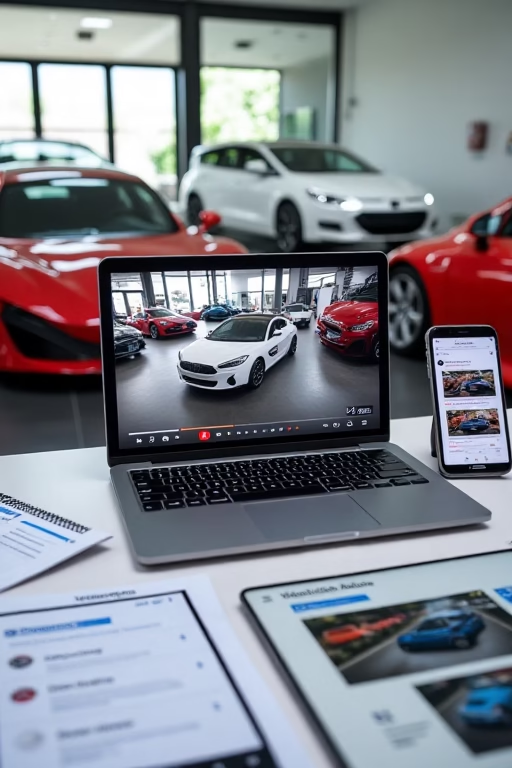
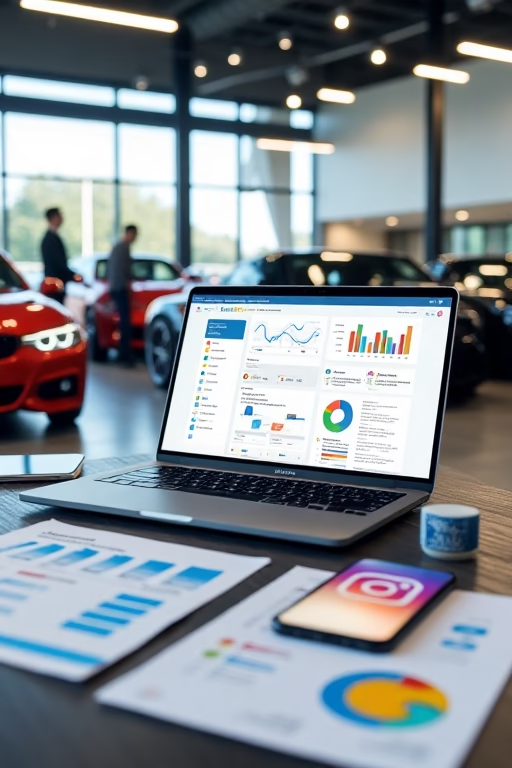
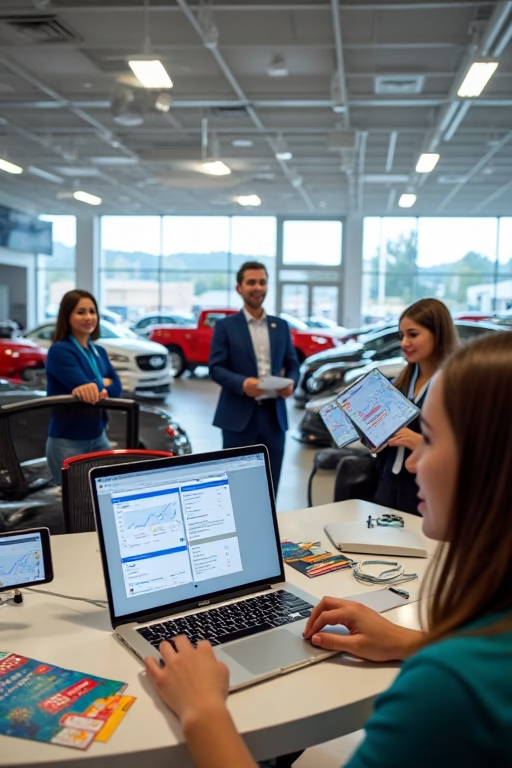

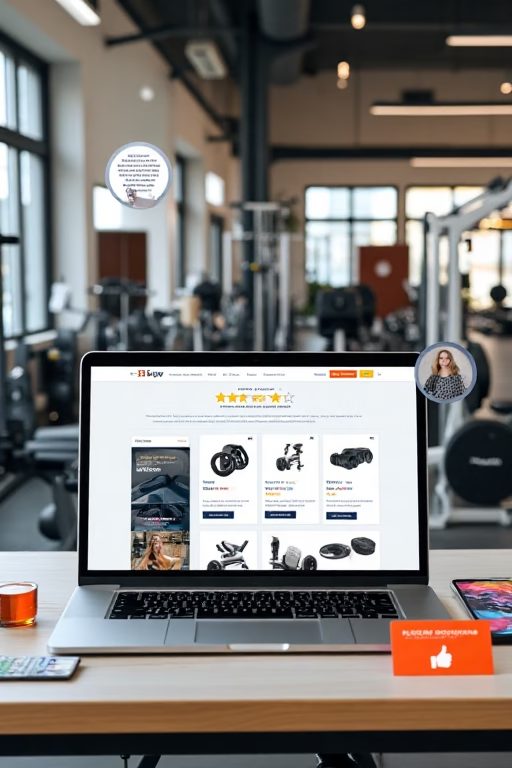
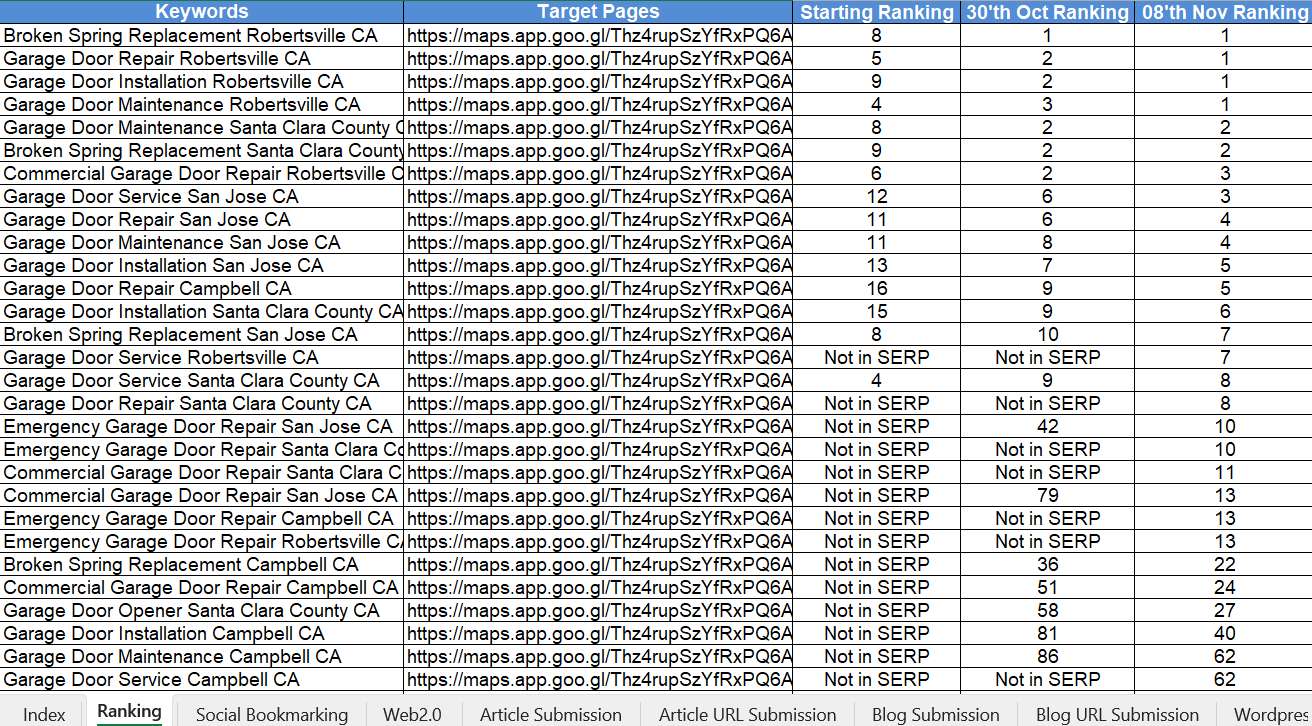
5.2 Social Media
Social media platforms like Facebook, Instagram, LinkedIn, and Twitter are powerful channels for distributing your video content. Each platform offers unique features and audiences.